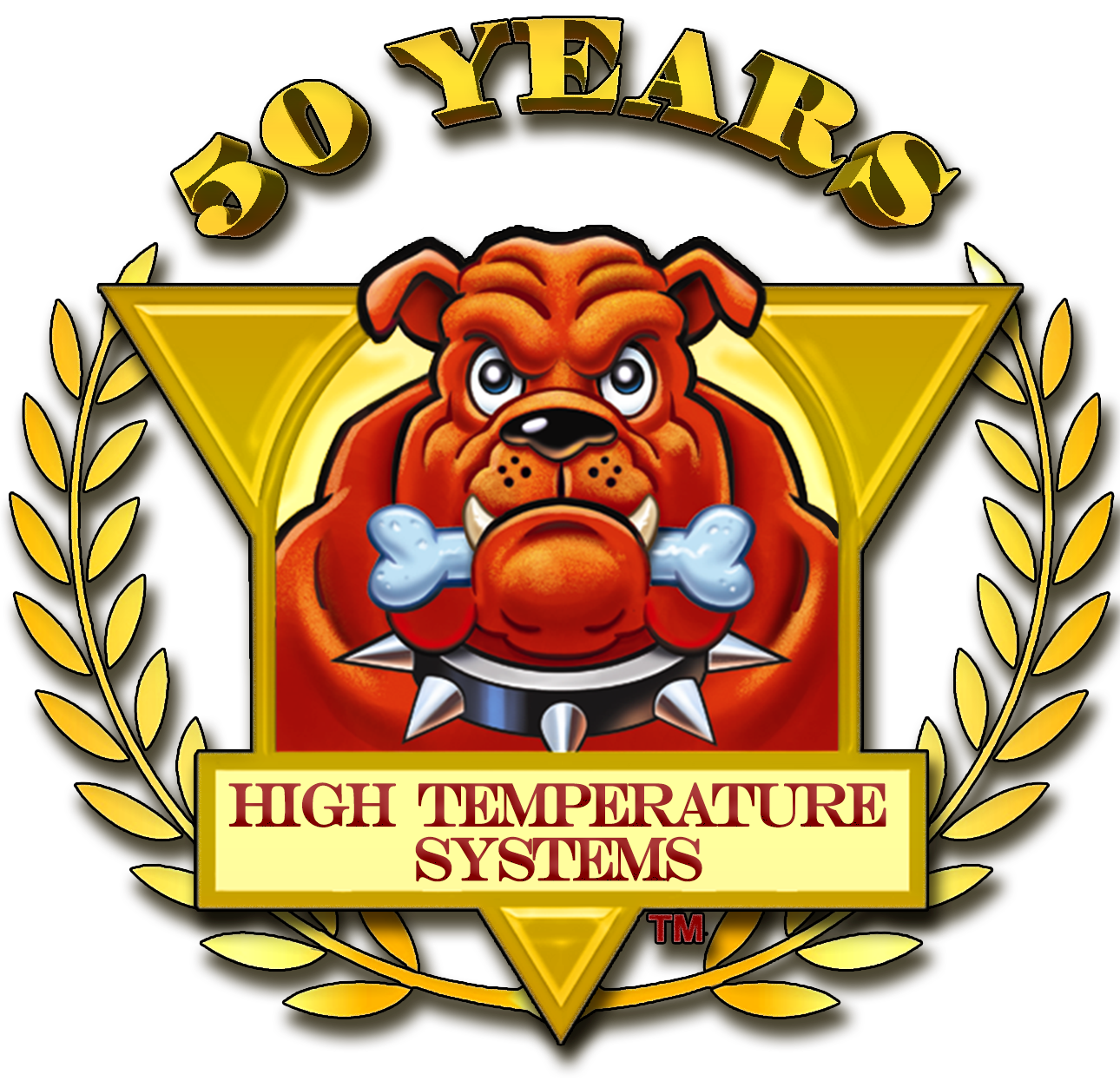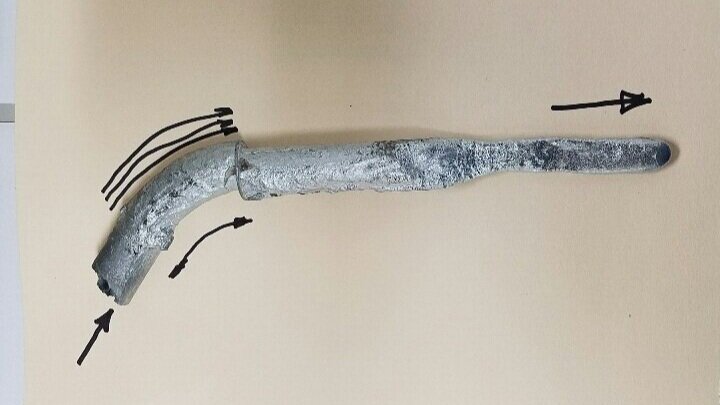SLOW STARTS FREEZE RISERS
SLOW STARTS FREEZE RISERS!
It's worth saying more than once because a frozen riser is a big maintenance issue. In previous post we outlined the procedure for lowering a molten metal pump into the bath. Once the pump is properly lowered into the molten metal, the pump must be turned on or energized.
A slug of frozen zinc that was removed from a section of transfer piping after the operation halted
There are three basic cases for energizing a pump, based on pump type:
Circulation Pump - A circulation pump has a submerged discharge port. As you will learn, this makes the pump the least complicated to start, because without a riser, there is no risk of freezing the pump. The pump may be started at a very low RPM and then adjusted to meet the furnace circulation needs (to be addressed in a future post.)
Transfer Pump - Equipped with a riser, a transfer pump will need a properly energetic start. The goal is to flow enough metal through the riser to ensure the metal does not freeze within the riser. The rule of thumb is to start the pump by increasing the RPM from 0 to 80% of maximum RPM in the first three (3) seconds and then reduce the speed for the desired delivery. In most installations, this will ensure the metal goes over the head and prevents freezing. Installations with long sections of transfer pipe or higher lift heights may require longer "bursts" during start-up.
Chameleon (Combined Circulate and Transfer Pump) - The combination pumps require are a special case. In circulation mode, the pump is treated just like any other circulation pump. The transition to transfer mode is a bit more complex. The pump motor should be de-energized for a few seconds prior to commanding the pump into transfer mode. Once in transfer mode, the pump is energized much like transfer pump. The additional complexity makes the use of a PLC based control panel strongly recommended, in which the transition is completed automatically when a transfer command is initiated.

